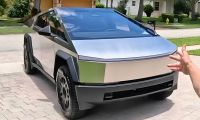Porsche 718 Spyder/GT4 vs. 911 GT3: The real difference between the pure-bread Porsche GT cars
If you're a die-hard driving enthusiast, then there's a good chance you've daydreamed about the Porsche 911 GT3 and 718 Spyder (or its hardtop twin, the GT4). For the Porsche nerds and aficionados out there, the comparison here is between the GT versions of the outgoing Porsche 718 and 911 lineup, and the internal designation for these are the 982 and 992 respectively. They both share a DNA woven derived from Porsche's extensive motorsport expertise and their passion for making the most engaging and visceral road cars. Both sing the glorious song of a naturally aspirated flat-six, and both have an uncanny ability to paint a permanent grin on your face. But despite the similar naturally aspirated heart and Porsche DNA, they are not the same, oh no, far from it. Let's dive into the nuances and the things that keep Porschephiles up at night.
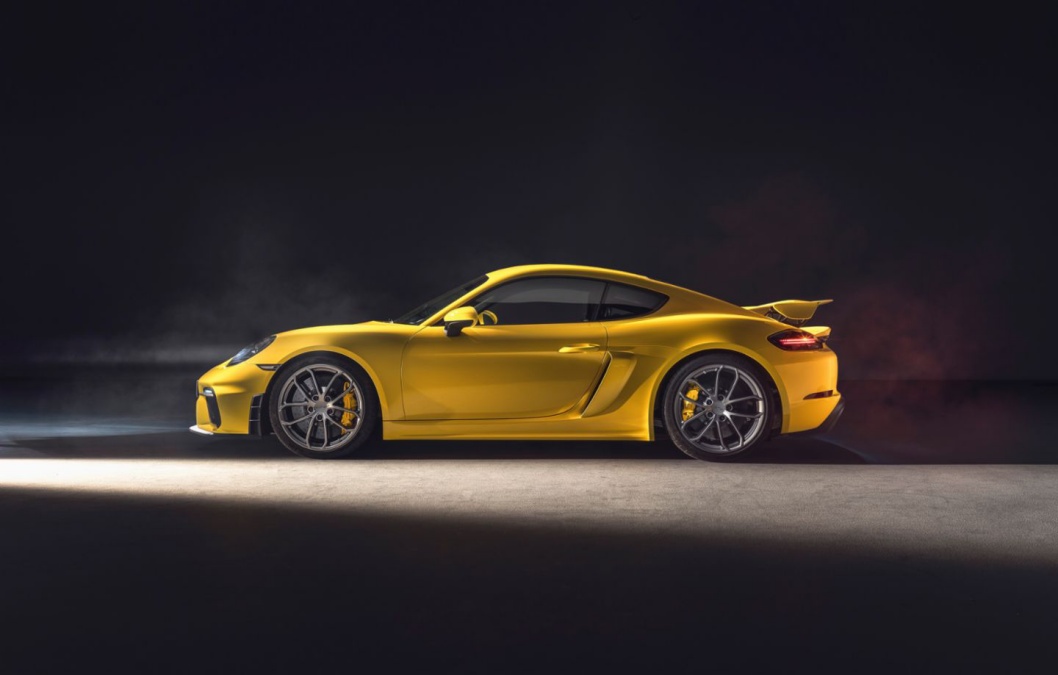
Key Specification of the Porsche 718 Spyder and Porsche 911 GT3:
Engine:
- Both: 4.0-liter naturally aspirated flat-six, a symphony of Porsche engineering
- 911 GT3 Advantage: Slightly higher horsepower (502 hp vs. 414 hp) and torque (346 lb-ft vs. 310 lb-ft),resulting in quicker acceleration and a higher top speed (198 mph vs. 187-189 mph).
Transmission:
- Both: Available in purist-pleasing 6-speed manual or lightning-fast 7-speed PDK, offering a choice for every driving style.
Performance:
- 911 GT3 Advantage: Faster 0-60 mph times (3.2 seconds PDK, 3.7 seconds manual) and higher top speed.
- 718 Spyder/GT4: Still incredibly quick, with 0-60 mph in 3.7 seconds (PDK) or 4.2 seconds (manual), and top speeds of 187 mph (Spyder) and 189 mph (GT4).
Weight and Drivetrain:
- 718 Spyder/GT4: Slightly heavier due to mid-engine layout, but this also contributes to balanced handling characteristics.
- 911 GT3: Lighter overall, with the iconic rear-engine, rear-wheel-drive layout that defines the 911 experience.
Suspension:
- Both: Feature advanced suspension technology, but the GT3 comes standard with adaptive dampers while they're optional on the 718 models.
Key Features:
- 718 Spyder/GT4: The Spyder's lightweight soft-top offers open-air thrills, while the GT4's fixed roof prioritizes aerodynamics. Both excel at mid-engine handling and are more touring-focused.
- 911 GT3: Boasts track-focused technology like active rear-wheel steering and aggressive aerodynamics,designed for maximum performance on the circuit.
Engine and Performance: Flat-Six Symphony, Different Tempos
Both cars share the melodious soul of a 4.0-liter flat-six engine, but there's a crucial distinction. The 911 GT3's engine is the more potent one, belting out 502 horsepower compared to the 718's 414 horsepower courtesy of the GT3's higher redline. It's a difference you'll feel as the GT3 screams towards its 9,000 rpm redline, as opposed to the 718 8500 rpm redline. The GT3 is simply quicker, achieving 0-60 mph in a blistering 3.2 seconds (PDK) or 3.7 seconds (manual), while the 718 takes a still-impressive 3.7 seconds (PDK) or 4.2 seconds (manual). So, if sheer speed is your drug, the GT3 is your dealer.
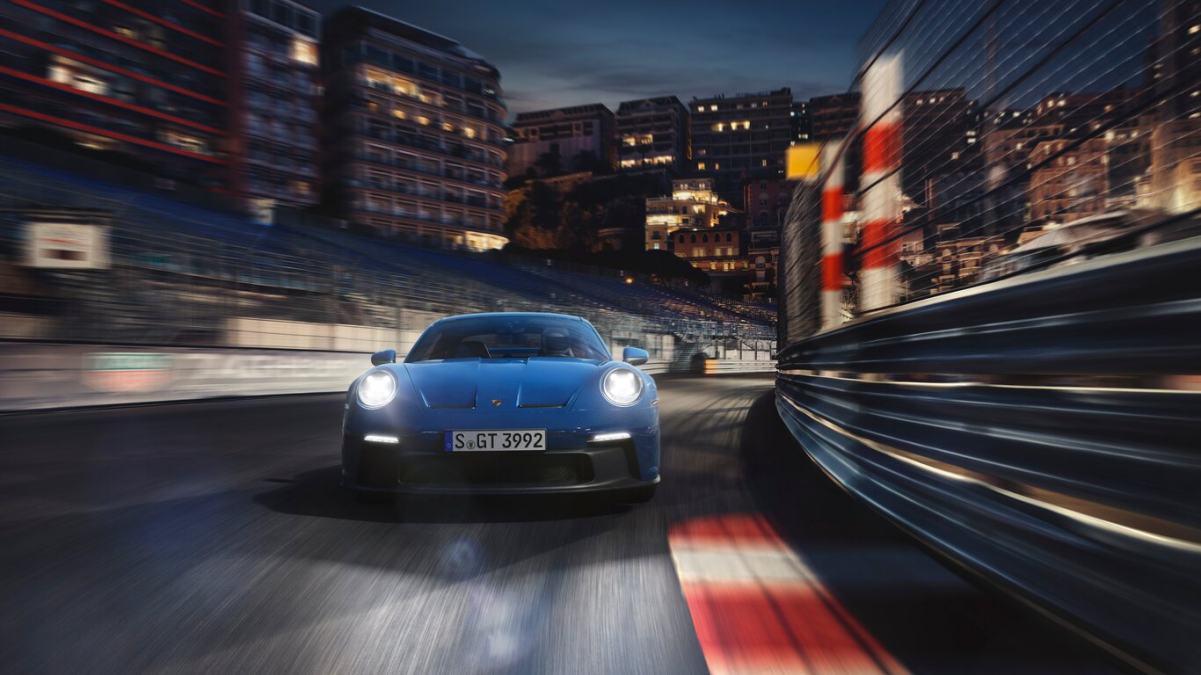
Chassis and Handling: Rear vs. Mid-Engine Ballet
Here's where things get fascinating. The 911 GT3 is a rear-engined legend, known for its tenacious grip and high-speed stability. The 718 twins, with their mid-engined layout, offer a different kind of dance. They're nimbler, more playful, and feel almost glued to the road through twisty sections. The GT3 is more of a precision instrument, inspiring confidence at the absolute limit, while the 718s are more about dancing with the throttle, finding that perfect flow through corners.
Transmission: The Joy of Shifting (Or Not)
Porsche, offers a choice. Both the GT3 and the 718 can be had with a sublime six-speed manual gearbox, a rarity in today's world of paddle shifters. But if you prefer the lightning-fast shifts and dual-clutch magic of the PDK, it's available for both models as well.
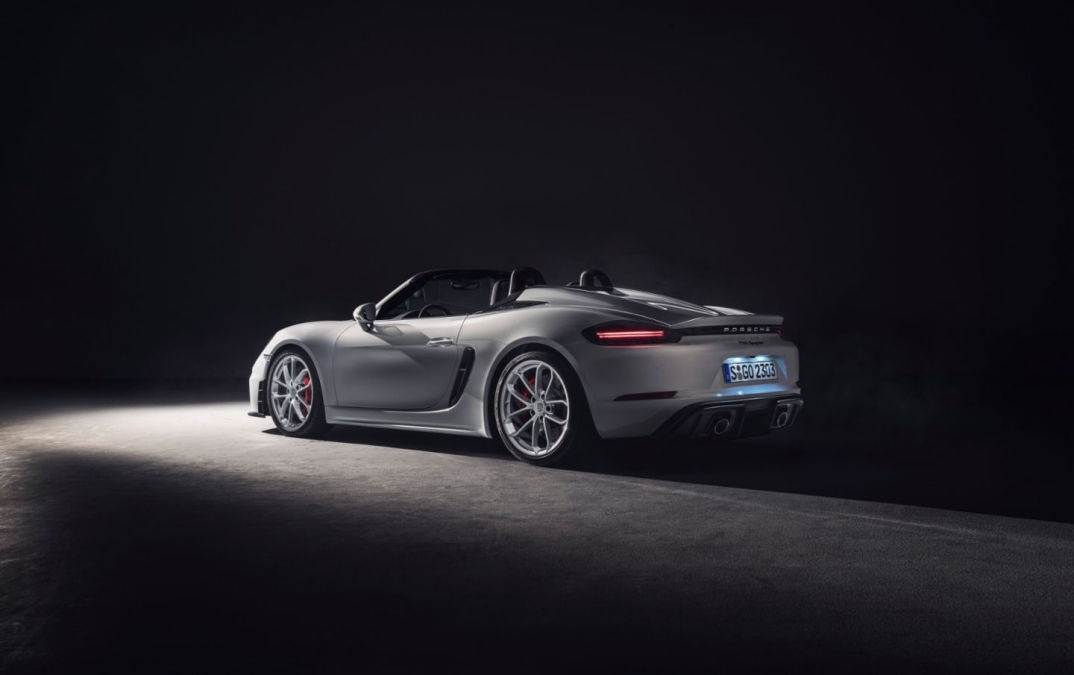
Style and Presence: Suit vs. Swimsuit
Visually, these two are night and day. The 911 GT3 is a classic silhouette, honed over decades of refinement. It's muscular, and purposeful, and wears its giant rear wing like a badge of honor. The 718 Spyder (or GT4, if you prefer a fixed roof) is a different animal. It's a compact, curvy sculpture with a hint of retro charm. The Spyder's fabric roof adds a touch of elegance, while the GT4's fixed roof gives it a more aggressive stance. Which one is better? That's entirely a matter of personal taste.
Living with Them: Track Star vs. Versatile Playmate
The 911 GT3 is a focused machine. It's a weaponized track toy that's surprisingly civil on the road. But make no mistake, it's happiest when pushed to its limits on a circuit. The 718 Spyder/GT4, while still incredibly capable, is a bit more forgiving. It's easier to live with daily, offers a more usable trunk, and that open-air experience is something special. Think of it as the difference between a thoroughbred racehorse and a trusty mountain goat. Both are incredibly capable, but they excel in different environments.
The Tech Factor: All the Gizmos You Need (And Some You Don't)
Both cars are packed with technology, but they approach it differently. The 911 GT3, with its focus on performance, has all the track-oriented goodies you could want: adjustable suspension, torque vectoring, and a sophisticated traction control system. The 718 models have a more streamlined approach, with fewer adjustable settings but still plenty of tech to enhance the driving experience. Think of the GT3 as a Swiss Army knife for the track, while the 718s are more like a beautifully crafted pocket knife, perfect for everyday use.
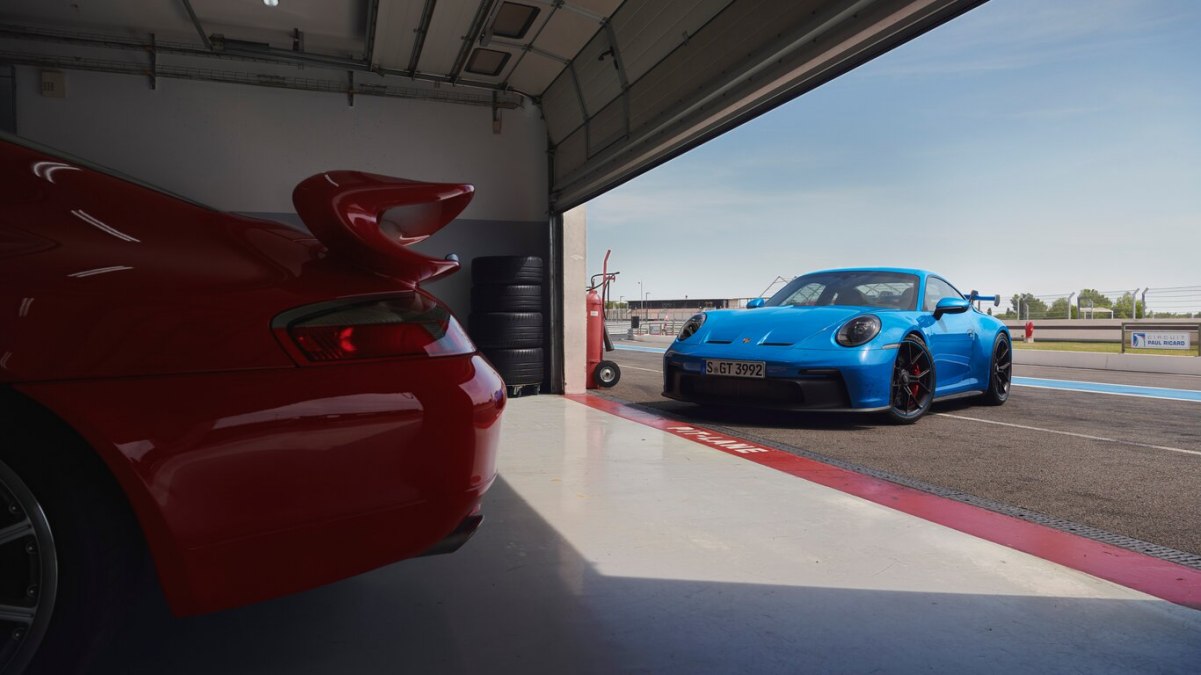
The Verdict: Two Sides of the Porsche Coin
So, which one is better? The 911 GT3 or the 718 Spyder/GT4? As with most things Porsche, the answer is nuanced. The GT3 is undoubtedly the more intense, hardcore experience. It's a track-focused weapon that demands respect and rewards skill. It's faster, sharper, and more visceral. But that raw intensity can be exhausting, and it's not always the most comfortable companion for everyday driving.
The 718 Spyder/GT4, on the other hand, strikes a beautiful balance. It offers incredible performance and handling but with a touch more civility. The mid-engine layout and open-air experience add a unique flavor that the GT3 simply can't replicate. It's a car that you can enjoy on the track, but it's also happy to cruise along a coastal highway with the top down.
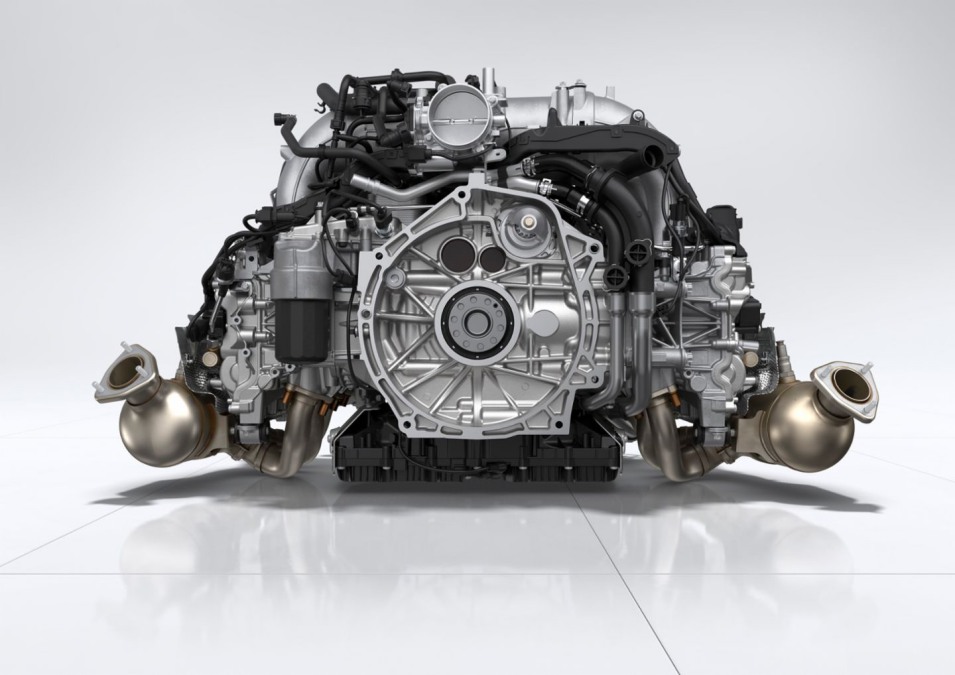
The choice ultimately boils down to your priorities and driving style. If you crave the ultimate track-focused performance and want to experience the 911 legend in its purest form, the GT3 is the one for you. But if you want a more versatile, everyday sports car with a playful character and the option of open-air thrills, the 718 Spyder/GT4 is hard to beat.
But honestly, if you can swing it, why not have both? You'll get the best of both worlds: the raw intensity of the GT3 and the playful agility of the 718. It's the ultimate Porsche pairing, a garage that would make any enthusiast drool. So, go ahead and indulge yourself. After all, you only live once, and why settle for one Porsche masterpiece when you can have two?
Image Source: Porsche Newsroom
Author Bio
Bhavik Sreenath is an automotive expert, writer, and founder of Motolog Studio. With a Master's in Automotive Journalism and experience in publications like Bodyshop Magazine, he delivers compelling stories about the cars we love. From designing magazine layouts to reporting on eco-conscious practices, he brings a multifaceted perspective to automotive writing. His experience in Automotive Journalism makes him a vocal voice for car enthusiasts and industry insiders. Follow Bhavik on X, LinkedIn, Instagram, and Facebook, to stay in touch and up-to-date with the latest EV and battery development news.








